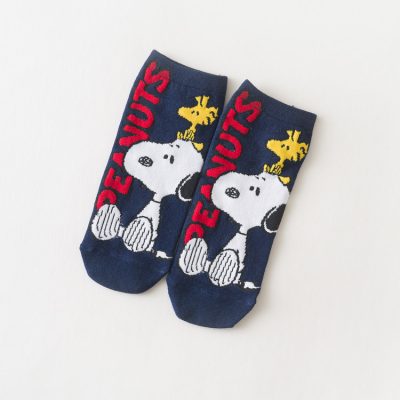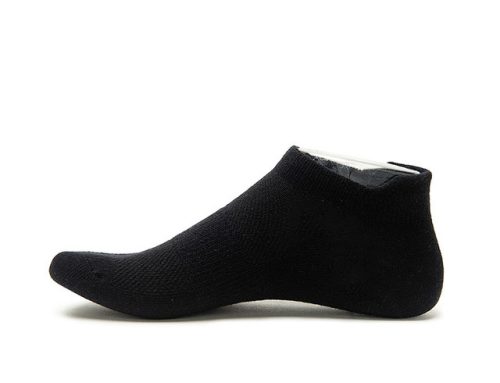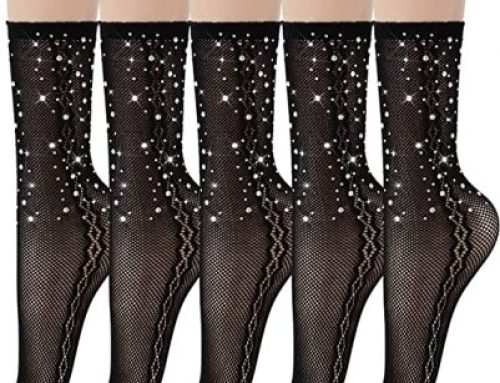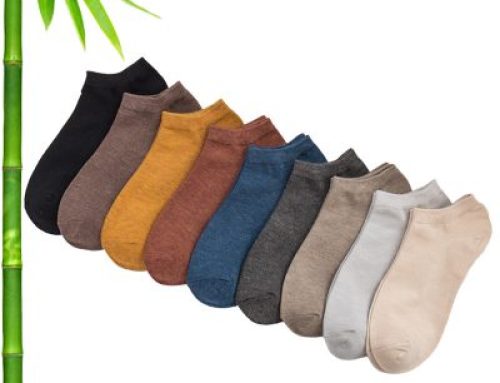Socks are more than just an accessory – they play a significant role in your comfort and overall style. When choosing socks, consider their materials, fit, and comfort to ensure the best experience. Here’s what you need to know:
Materials:
- Cotton: Cotton socks are breathable and soft, making them great for everyday wear. They’re comfortable in various weather conditions and come in different weights, from lightweight to thicker options for colder weather.
- Wool: Wool socks, especially merino wool, are excellent for insulation and moisture-wicking. They regulate temperature, keeping your feet warm in winter and cool in summer. Wool is also naturally odor-resistant.
- Synthetic Blends: Many socks are made from synthetic blends that include materials like polyester, nylon, and spandex. These blends provide moisture-wicking, durability, and stretch, making them suitable for athletic activities.
- Silk: Silk socks are luxurious and soft. They’re often reserved for special occasions due to their delicate nature and sheen.
- Cashmere: Cashmere socks are incredibly soft and warm, making them ideal for colder weather. They offer a level of comfort and luxury that’s hard to match.
- Bamboo: Bamboo-based socks are known for their moisture-wicking properties and natural antibacterial features, which help keep your feet dry and odor-free.
Fit:
- Size: Choose socks that fit your foot size. Socks that are too tight can restrict circulation, while loose socks can bunch up and cause discomfort.
- Arch Support: Look for socks with built-in arch support. This feature helps reduce fatigue during long periods of standing or walking.
- Toe Seam: Seamless toe socks minimize friction and reduce the risk of blisters and irritation.
- Elasticity: Socks with a good amount of stretch and elasticity will stay in place without sagging or bunching up.
Comfort:
- Cushioning: Socks with cushioning provide extra comfort and shock absorption, which is particularly important for athletic activities or long periods of walking.
- Breathability: Consider the breathability of the sock material, especially if you have sweaty feet. Breathable socks help prevent moisture buildup and discomfort.
- Moisture-Wicking: Moisture-wicking socks pull sweat away from your skin to the outer layer of the sock, where it can evaporate. This keeps your feet dry and comfortable.
- Seam Placement: Look for socks with seams that won’t rub against your toes or cause discomfort. Seamless toe socks are the best option for avoiding irritation.
- Stay-Up Design: Socks with elasticized cuffs or ribbed bands around the top help keep the socks up without cutting off circulation.
- Temperature Regulation: Consider the material’s ability to regulate temperature. Wool and certain synthetic blends excel at keeping your feet at a comfortable temperature in different weather conditions.
- Allergies and Sensitivities: If you have allergies or sensitivities to certain materials, opt for hypoallergenic options or natural fibers that are less likely to cause irritation.
Ultimately, the right choice of socks combines the right material, fit, and comfort features to ensure that your feet feel great throughout the day, whether you’re at work, working out, or simply enjoying your daily activities.







